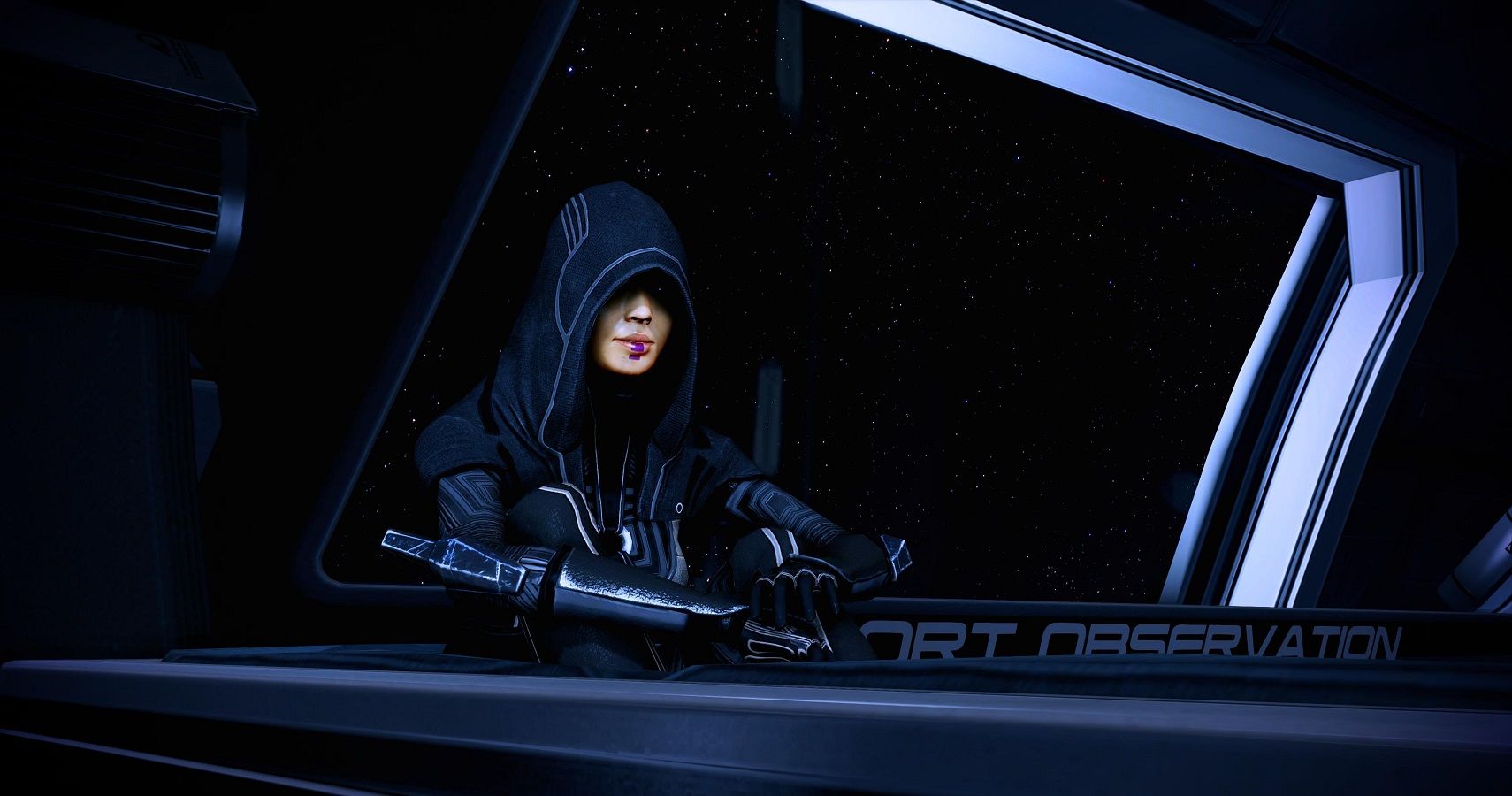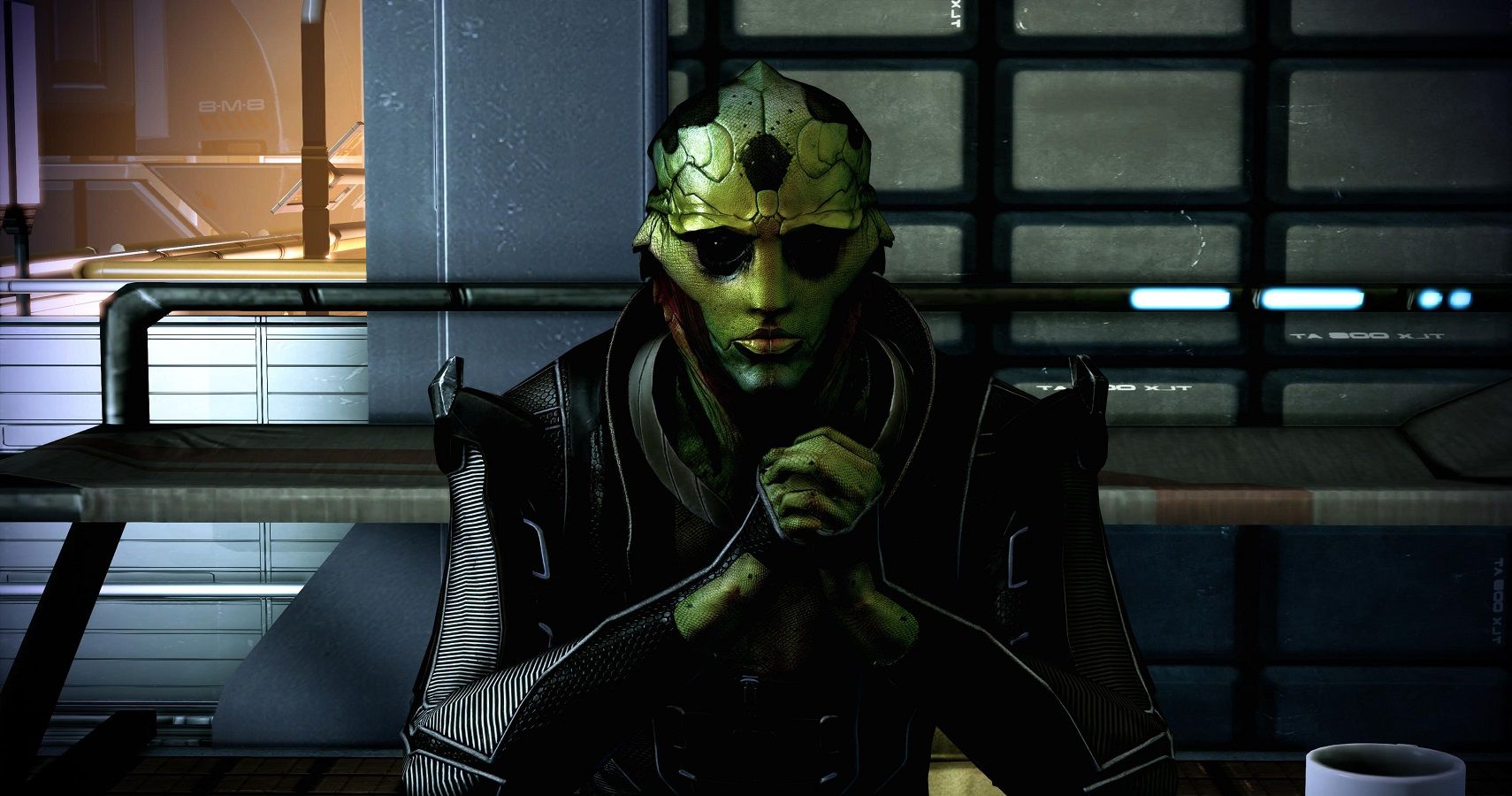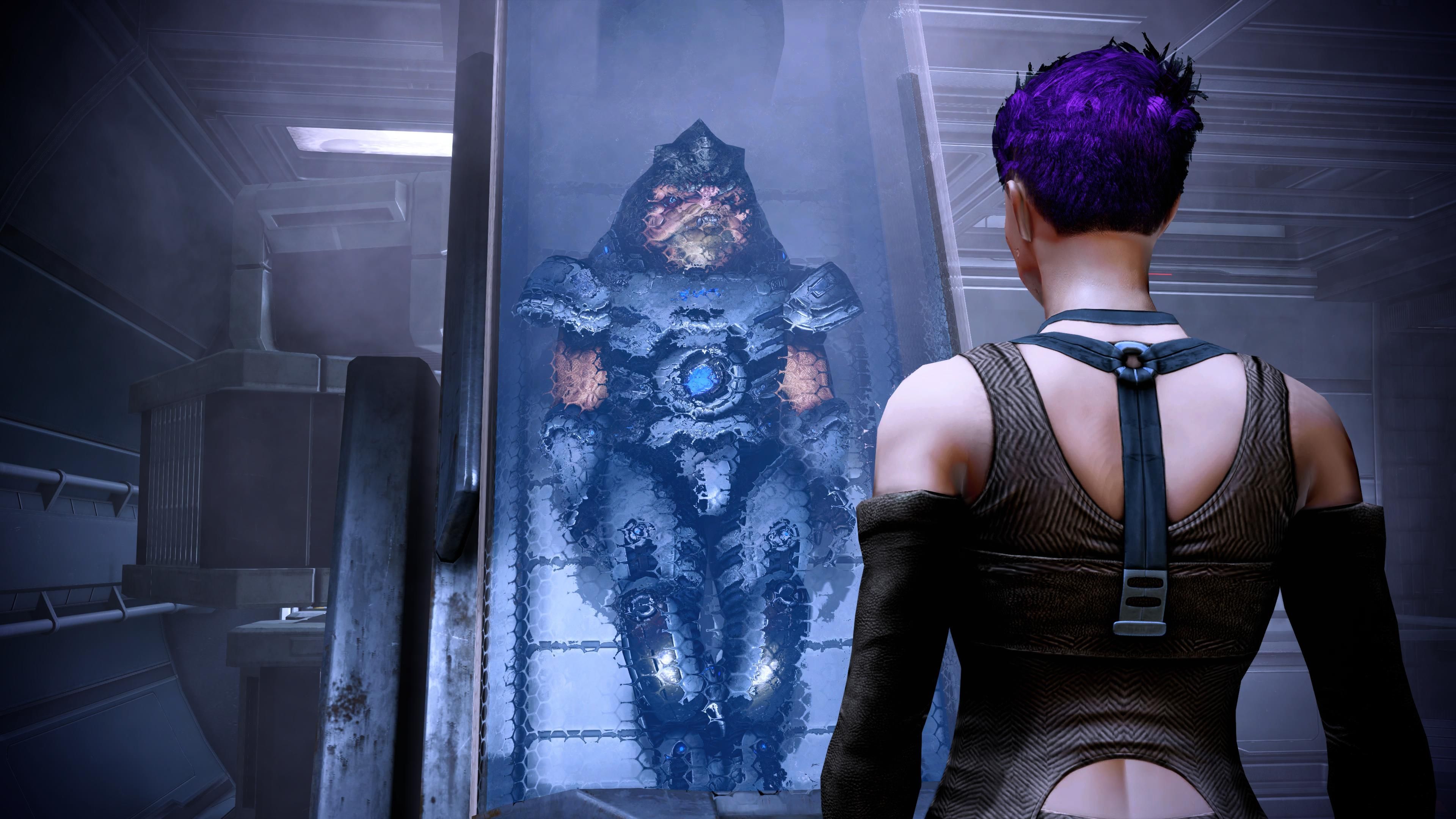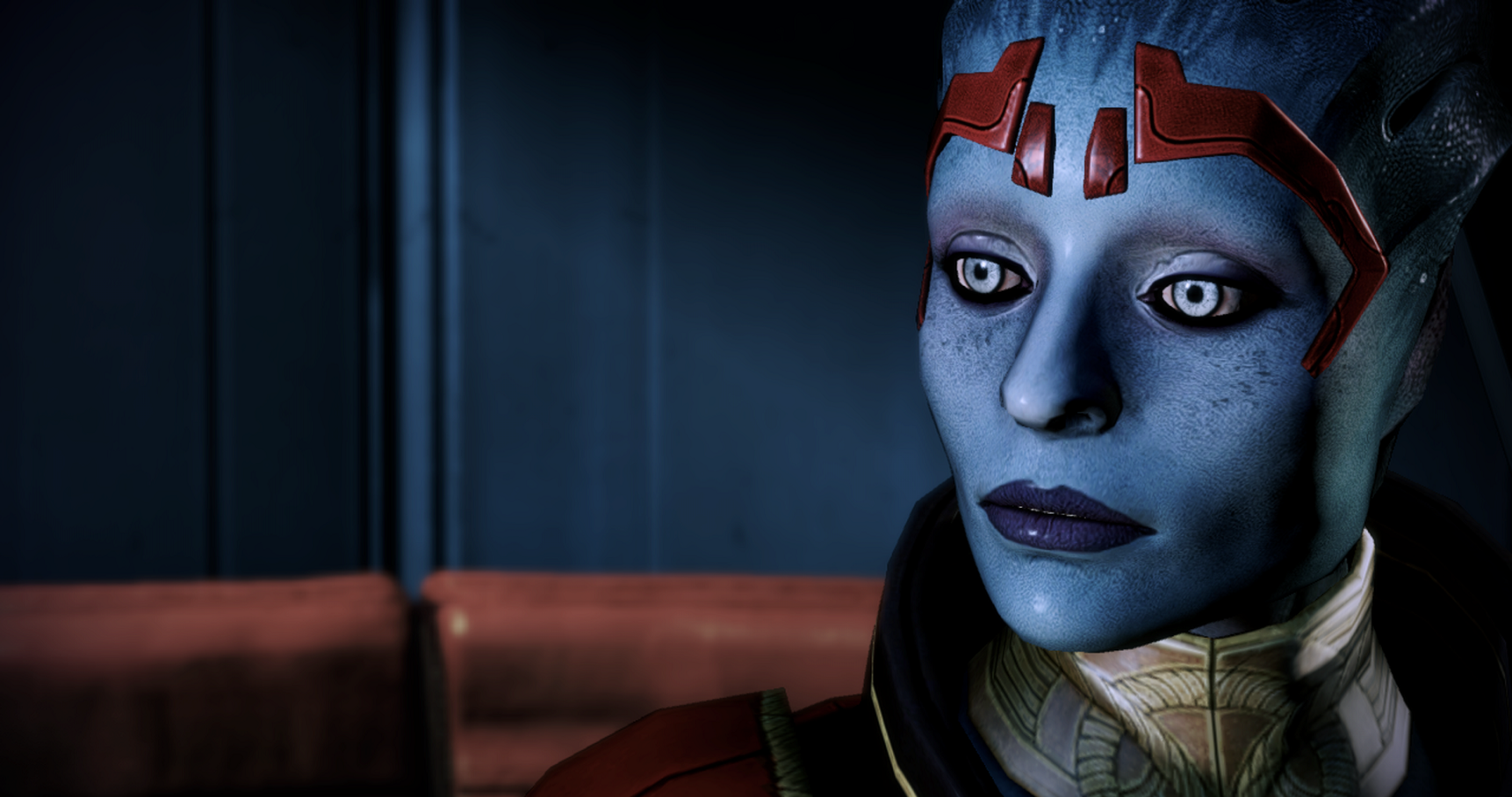“Character is plot, plot is character,” or so said F. Scott Fitzgerald. Considering a glamorous load of nothing happens in the first two thirds of most of his novels, nobody can accuse him of not taking his own advice. Most video games must have slept through their high school reading of The Great Gatsby, because they’re yet to get the message. Mass Effect 2, however, was top of the class - so why are so few games copying its homework?
There are games with great characters, and there are games with great plots. There are even some which manage to do both at the same time, and I’m sure we could all list the same five or six examples off the top of our head. On the whole though, because games are designed around progress and fun and gameplay loops that keep you in the ‘just one more round or planet or useless collectible’ mindset, plot can be sacrificed. The very fact that we’d all think of the same examples for games with great stories is a bit of a problem - it means that we know many games are narratively lacklustre but stick with them anyway.
Of course, some games deliberately minimise story. Other times, the collaborative nature of video games, combined with their long development times and long run times, means a cohesive story is difficult to maintain across a full game. Mass Effect 2, frequently praised not only for having the best narrative in the Mass Effect universe, but arguably across gaming as a whole, doesn’t actually have that good a story. This isn’t a contrarian “Godfather sucks!” take either. I love Mass Effect 2, but aside from the recruitment and loyalty missions, it’s a very straightforward tale. There’s some intrigue, but it’s all mission one unlocks mission two unlocks mission three. Do this then this then this, shooting space bad guys. It’s a video game.
This is where Mass Effect 2’s understanding of “character is plot” comes in. ‘Aside from the recruitment and loyalty missions’ is doing a lot of heavy lifting in that last paragraph. It’s like saying The Empire Strikes back is a boring movie aside from Luke, Han, Leia, and Darth Vader. While the loyalty missions are tangential to the actual story of the Collectors abducting humans, they are the heart of Mass Effect 2, and more games need to be brave enough to put the spotlight on their supporting cast.
Many other games have NPC-centric side missions, but it’s not quite the same. Most of the time, these are optional and only there to add a bit of depth to the character for dedicated fans. Either that, or they’re more of the same generic levels designed to offer a reward at the end of it. While Mass Effect 2 does reward you with squadmate loyalty - and therefore the ability to keep each squadmate alive in the game’s finale - it doesn’t feel like a trade-off.
These missions have been personalised to each character, and they reflect the struggles of each squadmate much more deeply than a piece of lore or even a cutscene ever could. These missions make their history interactive - they make Shepard an indelible part of everybody’s story.
It’s not just more of the same shooty shooty, cover cover, bang either. Two of them - Samara’s and Thane’s - are entirely non-combat, while Tali’s and Kasumi’s feature long passages of dialogue and narrative in between some gunplay. People often point to Grunt’s as being less inventive, just being ‘let me kill something’ over resolving skeletons in their closet, but taking on the Thresher Maw and winning the respect of the krogan as a tank-bred is a major part of Grunt’s arc, and gives us much more depth to the krogan as a race.
I’d actually argue it’s Miranda’s that leans the closest to being a generic sidequest; though her story is fascinating, most of the mission is just fighting through a hoard of bad guys you’ve fought previously, followed by watching a cutscene from a distance. More of Miranda shines through in her clash with Jack than it ever does here.
Despite being tonally different, it’s the Saint’s Row series that is the closest to Mass Effect 2 in this regard, giving each squadmate a personalised and creative mission to complete in order to win their trust - this might include anything from living out some dorky fan fiction to defeating a Godzilla-style energy drink. It misses Mass Effect 2’s emotional beats, but it replaces them with comedy, and these stories slot perfectly into Saint’s Row’s world, just as the loyalty missions do with Mass Effect’s.
These missions exist in a narrative space rarely used by video games. We like our games to be neatly divided: here are the main quests, you need these to proceed; here are the side quests, these aren't necessary but they're fun; here are the collectibles, they don't do much but some people like them. The loyalty missions are both crucial and not, both side content and core narrative, which is not typical for a video game but very typical of real life. Stories are messy and intertwined and even when Shepard is positioned at the centre of humanity's fight for survival, everyone still sees themselves as the main character in the story. Garrus still wants his revenge. Zaeed still wants his revenge. Jack still... okay, so a lot of them want revenge. But these characters, largely secondary fodder in Shepard's mission to take down the Collectors, become key cogs in Mass Effect 2's complex and compelling narrative because they're all offered a spotlight that allows them to step into the role of protagonist, if only for a moment.
Not all games need to take this stance - it would be a boring world if they were all the same, and many games find success with a limited narrative, or with a lone hero forging out on their own. In games with larger casts though, there are lessons to be learned from how well Mass Effect 2 trusts its own characters to tell their own stories.




